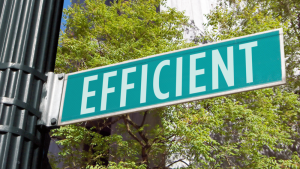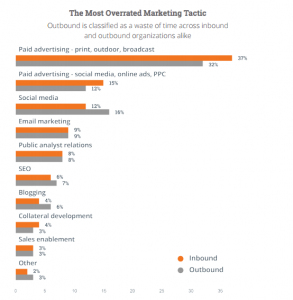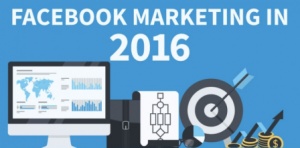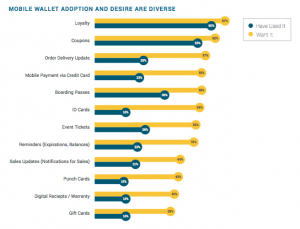I read a fascinating HBR Article, “How More Accessible Information Is Forcing B2B Sales To Adapt.” It’s a great article by authors I deeply respect.
It’s a relatively sophisticated discussion of the digitally savvy buyer, and the increasing trend of “buyer self sufficiency.” It both reinforces, “Buyers are 57-50% through their buying process before they want to see sales people,” but also acknowledges various levels of buyer self sufficiency and their willingness to engage sales people earlier, based on lower self sufficiency or different needs.
As I read and re-read the article, I became increasingly uncomfortable with the concept of “buyer self sufficiency.” I think my discomfort is because it’s based on a premise about selling that is increasingly not what selling is about.
In the “good old days,” sophisticated solutions sales people found people with a need to buy, engaged them in understanding their needs, presented them solutions, and those who were successful collected a PO. We can’t be naïve, this is still the dominant way we find, qualify, and pursue opportunities. Buyer self sufficiency changes how we engage them and the roles of content, marketing, and sales.
Fundamentally, though, it is based on a premise of an organized customer already committed to solving a problem or addressing the opportunity. It’s the picture of a customer that says, “I have a reasonable understanding of my problem, I’m informed or becoming informed, and I’m narrowing my choice of alternatives.
But is this the reality of our customers today–or perhaps, better stated, is that the real market opportunity open for us to address.
Perhaps, there’s a larger more important market opportunity–one that we can serve with great value and differentiation, and one that opens up entire new opportunities for revenue growth.
It’s the customer or prospect that doesn’t even recognize they should be a customer or prospect. It’s the customer or prospect that doesn’t realize they have problems, there are better ways of doing things, there are opportunities they are missing. They don’t know they should be educating themselves, they aren’t looking for solutions, they aren’t becoming self sufficient, because they haven’t recognized or committed to the need for change. They aren’t looking for solutions, because they don’t know they have problems.
I think there is a far larger market opportunity in finding, engaging, teaching, and provoking these buyers to change, to look for something new. I think there’s a huge opportunity, to help steer them to solutions by first steering them to recognize opportunities.
It’s not hard finding these–find an organization or a function in an organization that’s struggling to achieve it’s goals, or is performing worse than it’s competitors. Find a customer missing commitments to their customers, struggling with product development, struggling to build/ship quality products. Find a customer losing share, seeing costs sky rocket, of facing major disruptions in their markets. Find a customer open to a new perspective or a point of view, or some one that responds to a “what if,” or “have you ever considered.”
It’s possible the self sufficient buyers represent the tip of the iceberg, and the potential buyers—those that don’t know they should be buying is the massive part of the iceberg that sits below the surface of the water. How to we find, engage, excite and get these to move forward.
I think there’s another missed opportunity with the concept of “buyer self sufficiency,” or the organized buyer. It’s because, the majority of buyers aren’t organized. In this day of consensus buying, the “5.4” the majority of deals blow up–not because they can’t find acceptable solutions, but they can’t organize themselves to buy.
As individuals, they may be self sufficient, capable of researching, learning, and finding solutions to meet their needs—but of course their needs and priorities are different from the others in the buying group. Trying to align these needs, differing agendas, priorities, and self interests is the most difficult part of buying. It has nothing to do with which solution they choose, they can’t even get to that point because they can’t agree or come to consensus about what they want to achieve, how they will go about doing it, and what steps they must take to reach a decision.
For every 100 that start a buying process, roughly 44 reach a decision and implement a solution. The remainder fail and never buy. That’s too much opportunity for us to leave unaddressed!
I’ve no disagreement with the article, clearly the self sufficient buyer is forcing all sales organizations to adapt.
But there are greater opportunities and needs for sales organizations to adapt in a different ways.
Are you looking at those? Are you understanding how you find and engage those customers that aren’t yet aware they should be customers? Are you helping those that want to buy, but can’t organize themselves to buy or get out of their own ways? Those are the bigger opportunities. Addressing those is far different.
Business & Finance Articles on Business 2 Community(58)
Report Post





